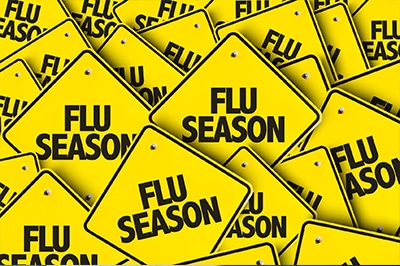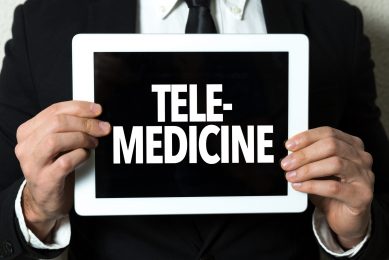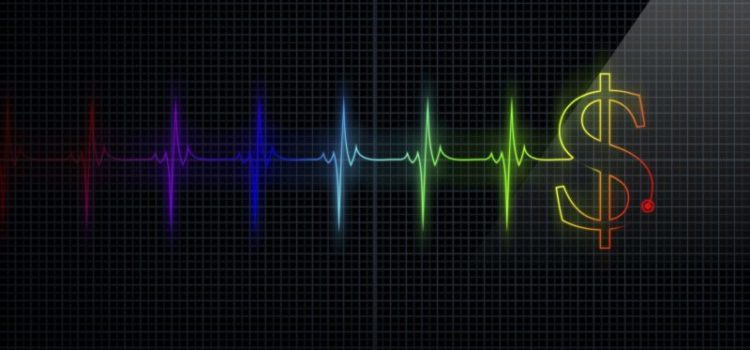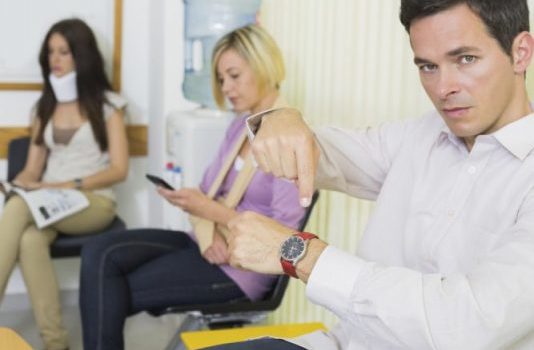Pardee UNC Health Care in North Carolina and WVU Medicine in West Virginia are among the hospitals and systems advising area residents to make full use of local urgent care centers as flu cases mount, slamming emergency rooms with more visitors than they can handle efficiently. Pardee is pleading with area residents who have flu-like symptoms—or any non–life-threatening complaint—to stay away from the ED and instead visit one of its urgent care facilities. In getting …
Read More




